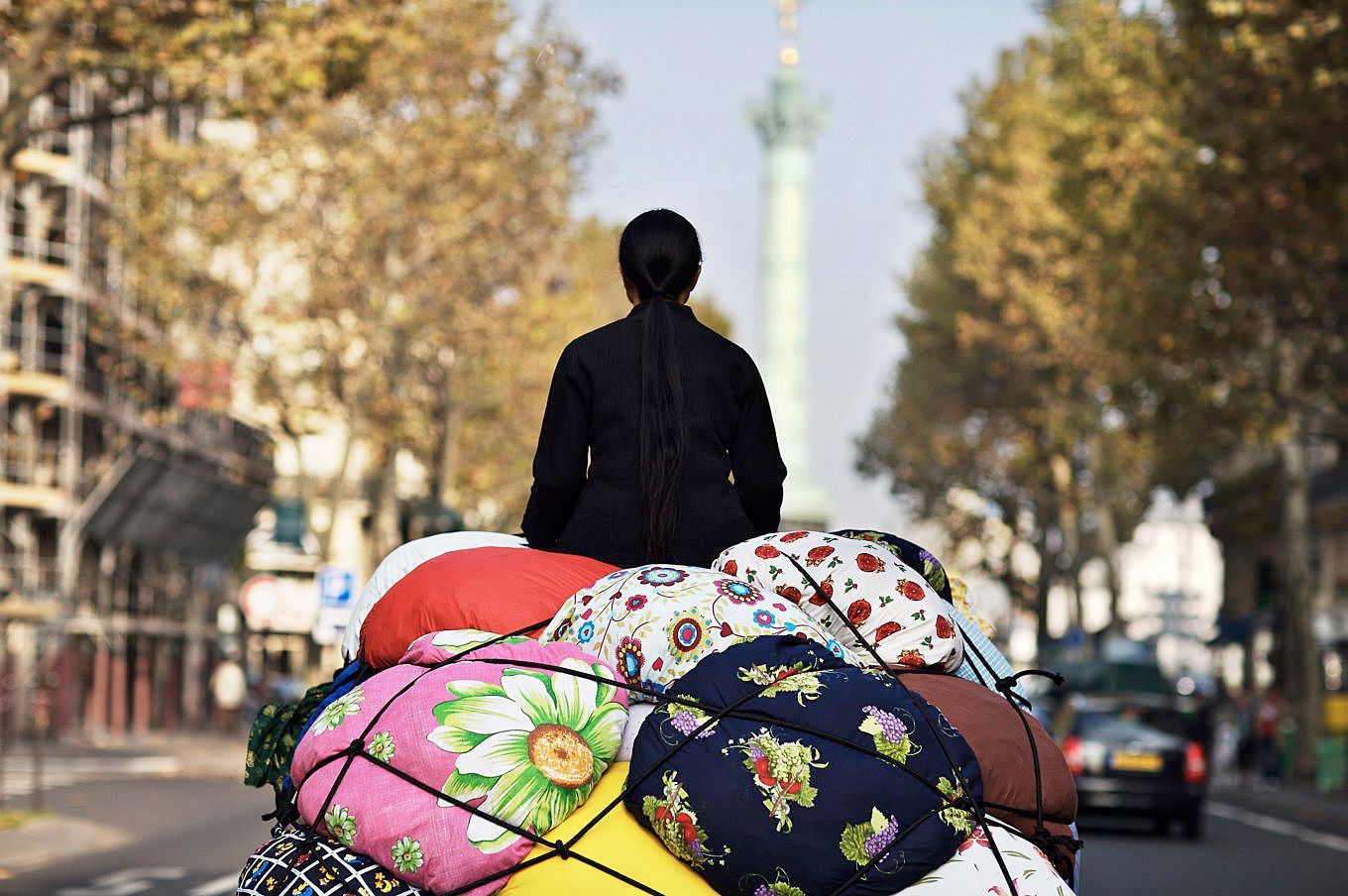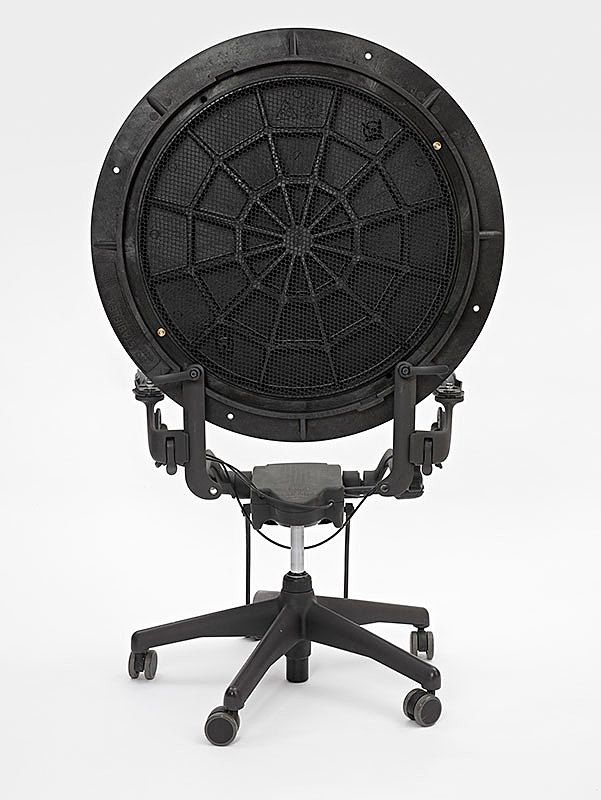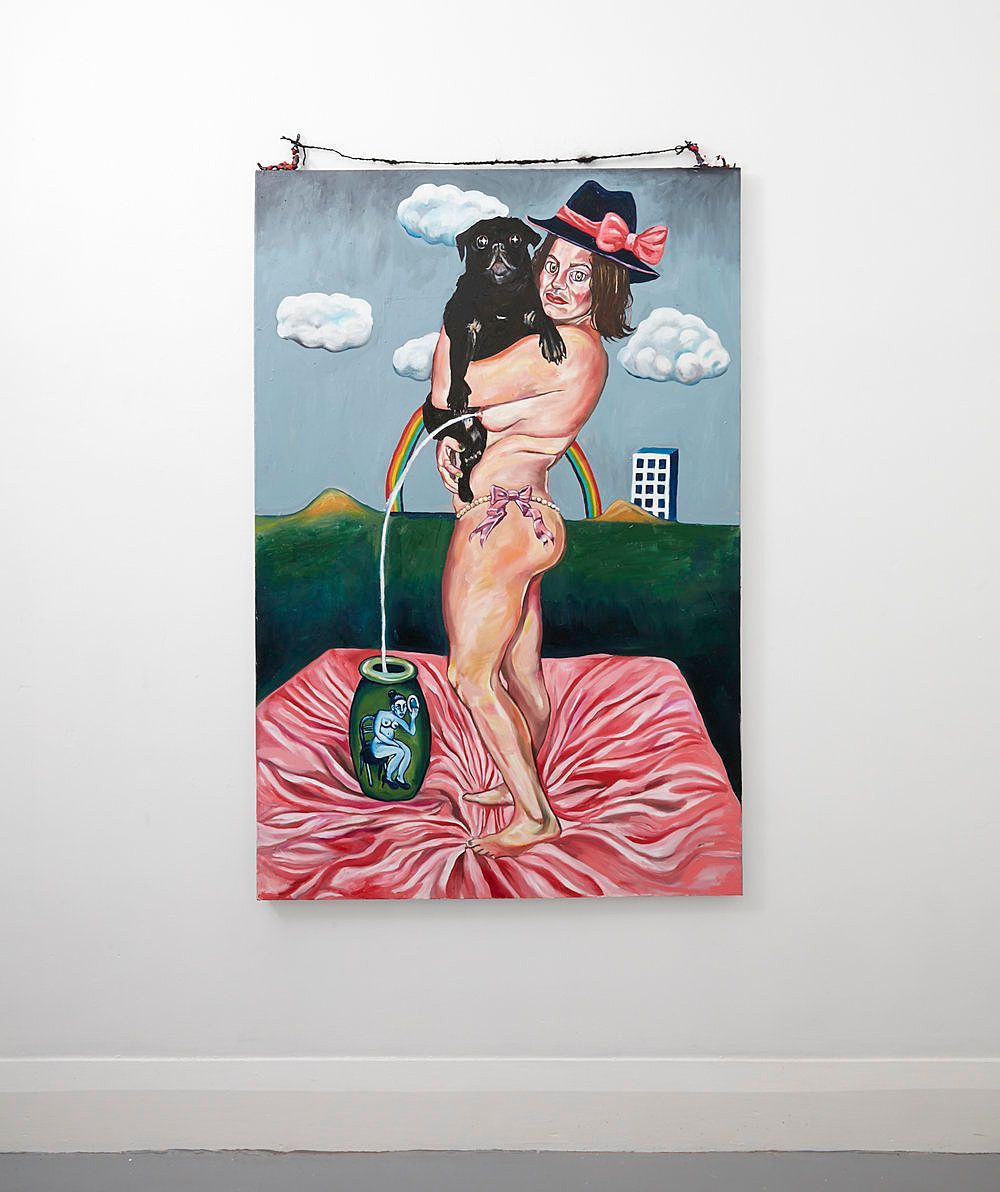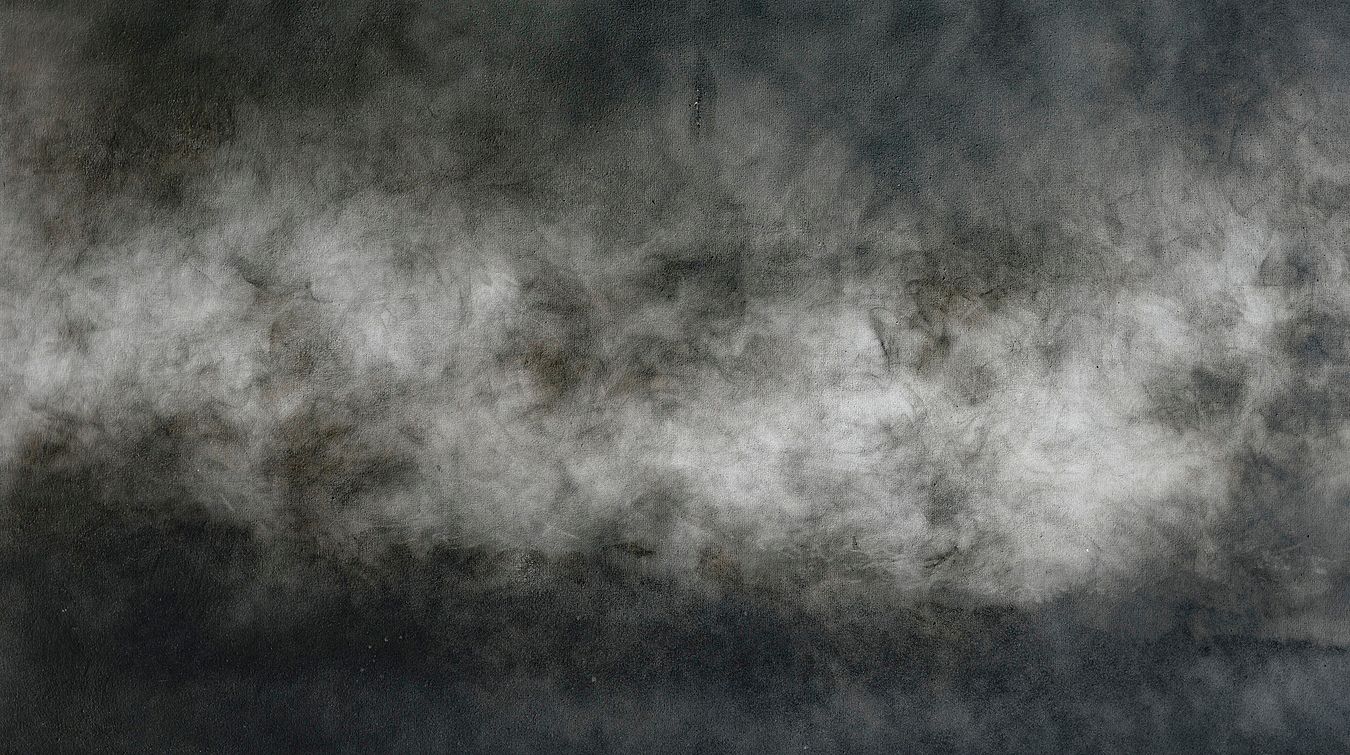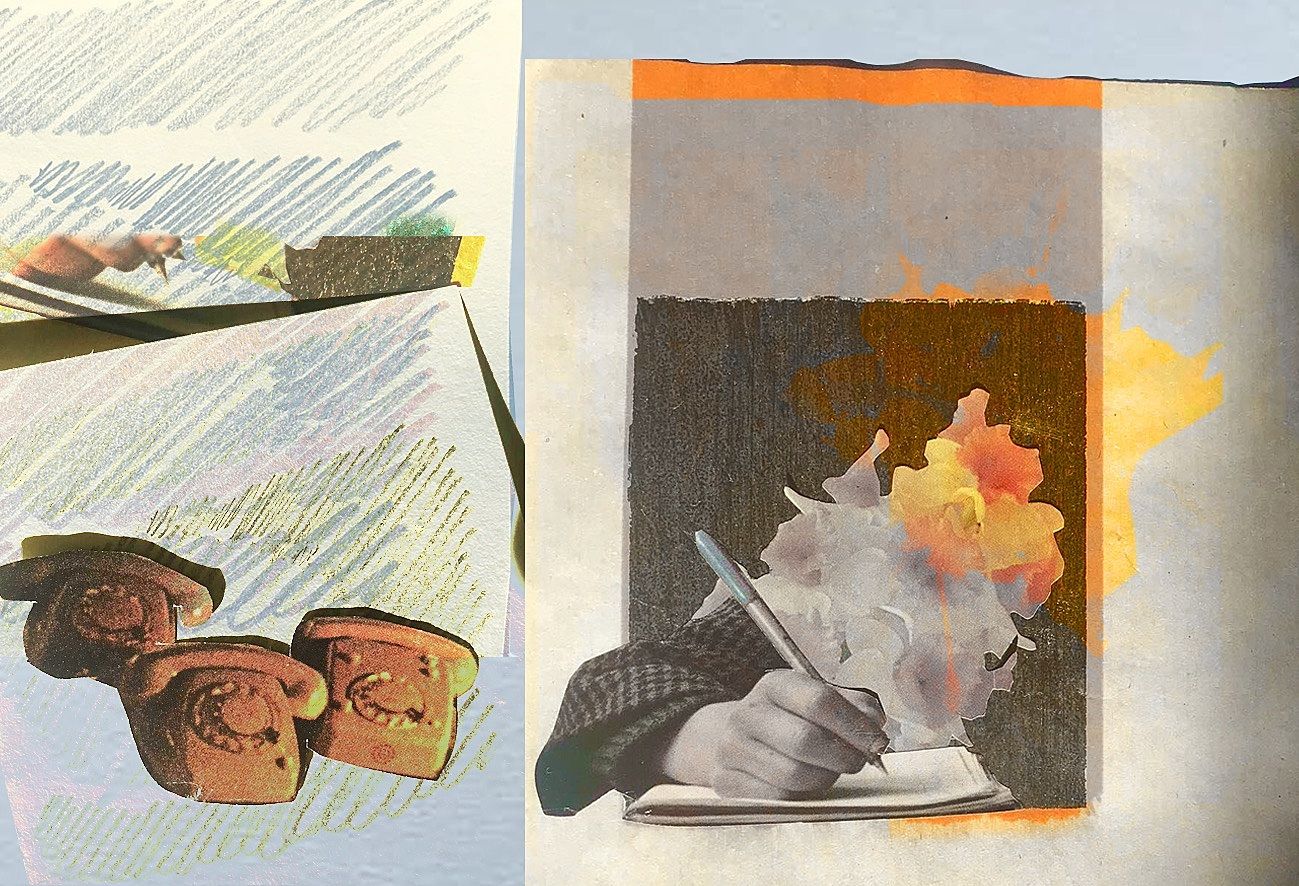The Unmissables: Four Exhibitions to see in December
A monthly round-up of notable, controversial and unmissable exhibitions in Tāmaki Makaurau and beyond.
A monthly round-up of notable, controversial and unmissable exhibitions in Tāmaki Makaurau and beyond.
A hot tip for hot times: in order to keep artworks in tip-top condition, galleries tend to maintain their air temperature at an ambient 20ºC to 21ºC. Miraculously, this is also a very comfortable temperature for humans, making galleries the perfect place to retreat from the summer sun.
Even more miraculous is how many great exhibitions there are to take in throughout December. This weekend you can head along to Elam School of Fine Arts to take in the 2017 Grad Show, or drive out to east to enjoy a chicken laksa sammie with a view of the latest and most poetic Te Tuhi Billboard Project to date – and catch Shannon Te Ao’s meditative With the sun aglow, I have my pensive moods. Next week will see the last batch of openings for the year, including three solo exhibitions at Objectspace from Erica van Zon, Sione Monu and contemporary jeweler Craig McIntosh, as well as a collection of new and old works from Kerry Ann Lee showing just round the corner at Whitespace.
To help alleviate the decision fatigue that often sets in at this time of year, our team have put together four unmissable exhibitions taking place in and Ōtautahi and Tāmaki Makaurau right now.
Kimsooja
Although well known in Europe, the United States and Asia, Kimsooja is little known in Aotearoa. This solo exhibition at Trish Clark Gallery presents three seminal video works by the Korean artist, providing the perfect entry point for those wanting to learn more.
Kimsooja is best known for her textile works and use of bottari – bundles made for travelling or storing – that invoke the domestic and personal as well as transitory states of migration, trade and exchange. In Bottari Truck – Migrateurs (2007), the artist is shown seated atop a pile of colourful, floral-printed bottari, circling the streets of Paris. Although these bundles are not familiar to us, they are historically potent objects within Korea that can operate as reminders of forced migration due to famine or war. Viewed in conjunction with Bottari – Alfa Beach (2001), an inverted video of a notorious slave port in Nigeria, the exhibition subtly circumscribes the often hostile conditions of migration throughout history, and their relevance within today’s context.
The third work presented at Trish Clark is an immersive and changing colourfield accompanied by the sound of the artist breathing and humming. Less passive contemplation than active being, the work asserts the artist’s humanist vision – perhaps a vision that the world is currently sorely lacking. – Amy Weng
Kimsooja
Trish Clark Gallery
17 November – 22 December 2017
Serene Velocity in Practice: MC510/CS183
Michael Stevenson’s Serene Velocity in Practice: MC510/CS183 is a single-room installation in Auckland Art Gallery’s Chartwell space that references two highly influential but now retired academic modules. Accredited course MC510 ran for four years from 1982, taught by John Wimber on the power of enacting God’s ministry and potential of evangelical miracles. CS183 was launched thirty years later at Stanford under the tutorship of Peter Thiel, presenting a unique theoretical and practical perspective on startup tech industries. Both courses were offered in California and sprung from populist interests in self-growth.
The space is punctuated by two enclosed interiors, linked by an expansive corridor. Broadly paralleling each paper, the realms have physical barriers to entry and environments that are sterile, used, stultified. There are vast unused areas against the periphery and few explanations offered for those oblivious to contemporary art cultism. Aside from the gallery assistants who try to temper the experience, the layout gives the viewer autonomy to wander through and around the structures.
Within the trajectory of Stevenson’s practice, the exhibition explores history with suspicion. It invests in the paternity of ideas and queries their output. The promise of transformative thought looms. Walls show torn down imprints from the previous installation, used aeroplane blankets harbour foxed stains. There are coiled sculptures made from the residual plastic that runs out of moulding machines for nearby chairs and bins filled with foot protectors worn by visitors (a recent addition to the show). It feels sick and capricious. A model way to build the future. – Becky Hemus
Serene Velocity in Practice: MC510/CS183
Michael Stevenson
Auckland Art Gallery Toi o Tāmaki
12 November 2017 – 6 February 2018
Dirty Girl’s Daydream
Rea Burton’s paintings were the best thing I saw at the Elam Grad Show last year – rainbow, rowdy, tactile, spilling out of their own edges. The hang was inspired too, including a kite with bright red lips floating in the middle of the space, canvases finished with opalescent faux hair and excess paintings stacked five-deep against the wall in the hallway outside. Almost every woman depicted was in the act of pissing, yellow garlands of urine falling from picture frames in beaded ropes, pooling in a bejewelled papier mâché mug, or upon a scrap of royal purple velvet.
This new suite of works at Ivan Anthony is similarly carnal and lush. Taking the female body as her central subject once more, Dirty Girl’s Daydream includes truly disturbing, marionette-like sculptures alongside highly accomplished oil paintings expanding on the theme of liquids leaking from bodies – this time with breasts joyously spurting milk into large, decorative vessels. Similar vessels appear elsewhere in the exhibition as pots housing dense snake plants and tall, luxuriant flowers. Symbols of fecundity can be found everywhere, as can pet dogs, their strange presence teetering worryingly between moods of protection and domination.
Burton’s paintings make me think of Julia Kristeva writing about abjection, writing that the excretion of fluids suggests an uncontrollable body with no respect for borders or rationality. They make me think of Rosi Braidotti, describing the female body as monstrous for the unique blend of fascination and horror it inspires. They make me think of Hélène Cixous’ notion of jouissance, of feminine excess and effervescence as the source of her power and creativity. They remind me of Louise Bourgeois, Marlene Dumas, Eva Hesse and our own Jacqueline Fahey – hallowed feminist artists all. Dirty Girl’s Daydream is jouissance manifest, set against a distinctly suburban New Zealand landscape of overgrown gardens and dog-friendly parks – an absolute pleasure that deserves your attention. – Lucinda Bennett
Dirty Girl’s Daydream
Rea Burton
Ivan Anthony
15 November – 22 December 2017
Property is Theft!
&
Kaitani, curated by Ema Tavola
It’s fitting that the final exhibitions at the current Physics Room location turn over the biases of property and space. Reuben Moss’s Property is Theft! uses the impact of sound and material to state a position of discontent. Blunt, like being awoken by a picket sign to the side of the head, Moss whacks us with a wall of pavers and structural stones sourced (stolen?) from around the city, and intermittent sound bouncing back at the viewer from boarded windows. Questions common in Christchurch are contained within: namely around how space is designated (designed?) and how European economic concepts of property shape locations. It’s not a question so much as an emphatic answer – it’s theft.
Kaitani, curated by Ema Tavola, gracefully presents work and documentation highlighting the value of cultural awareness in contemporary gallery and museum structures. With a particular interest in how Pacific voices, identity, means of communication and mana can be enabled and shared within safe spaces, Tavola pulls together a nuanced response to the gallery setting. The room, awash with Fijian song, folds around a gorgeous smoke-on-canvas work by Kulimoe’anga ‘Stone’ Maka, which references both Western abstraction and pre-European Pacific art forms and modes of communication. Contrasted against the starkness of Moss’s work, Kaitani is calm, listening and welcoming. Kaitani also comes with essential reading: distilled from Tavola's own research and conversations, 'PIMPImanifesto' presents guidelines and points of return from within her own curatorial practice. After viewing these exhibitions it’s all the more intriguing to imagine where and how the Physics Room will manifest itself next. – Cameron Ralston
Kaitani
Curated by Ema Tavola, featuring the University of Canterbury Fijian Students Association and Kulimoe’anga Stone Maka
&
Property is Theft!
Reuben Moss
The Physics Room
25 November — 24 December 2017
The Unmissables is presented in a partnership with the New Zealand Contemporary Art Trust, which covers the costs of paying our writers. We retain all editorial control.

